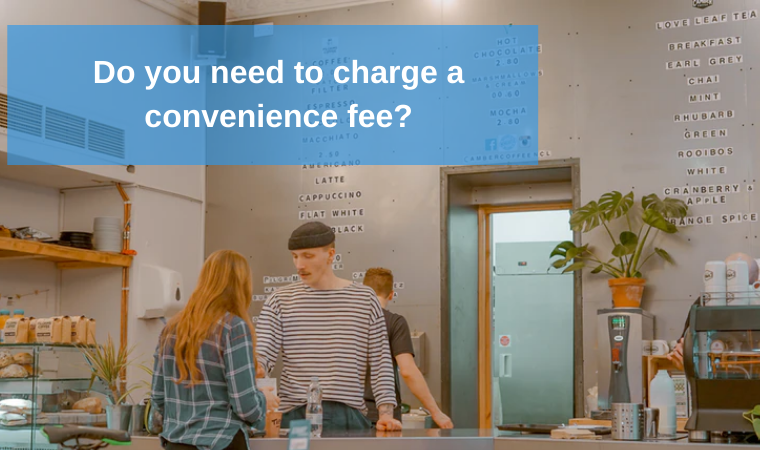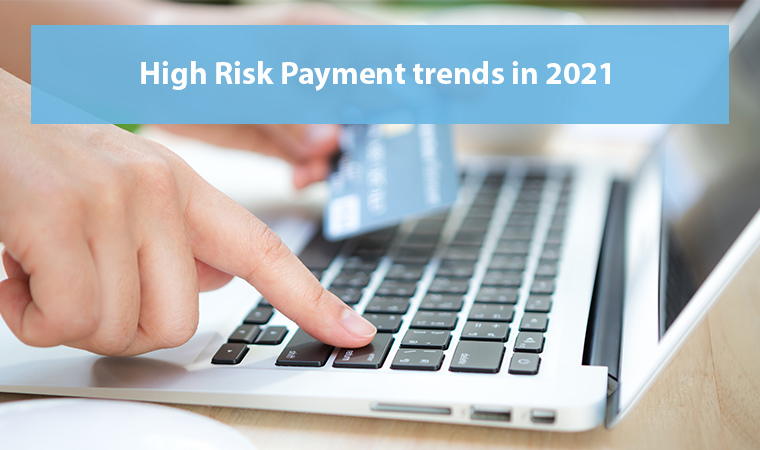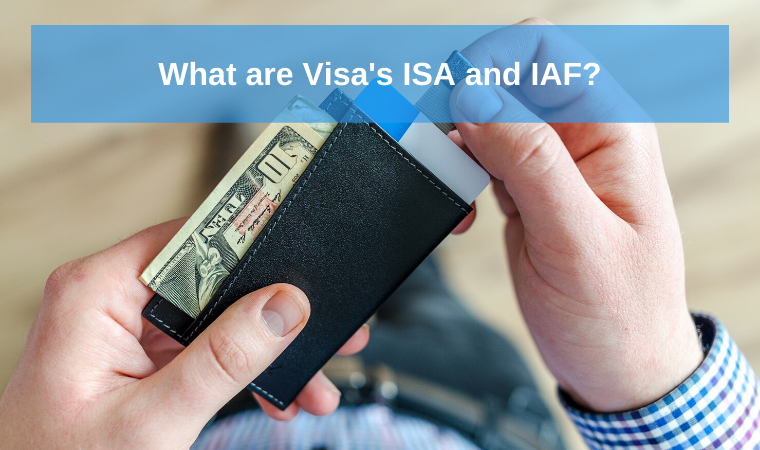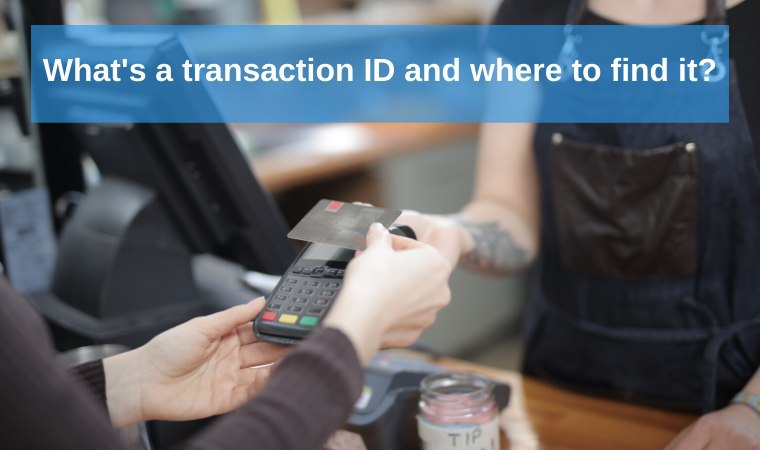Do you need to charge a convenience fee?

How to buy without a convenience fee? That’s what the customers may think of. Nevertheless, as you try to offer them more comfortable payment methods, you face extra charges as well. According to Statista, shoppers (42% of them) prefer to pay with credit cards. So, offering this payment method is an excellent move. But fulfilling customers’ needs don’t always bring that much comfort to merchants.
Then why should sellers find new options even though it involves extra costs for them? Well, because everything is customer-oriented and highly competitive nowadays. Once, the shoppers are unhappy with the services you offer, they have plenty of substitutes to choose from.
And convenience fee helps merchants cover extra expenses. Yet, you may ask yourself what consequences this extra charge may have. In this article, we are figuring out what the convenience fee is, what entities normally charge it, what the regulations are, and should you charge it or not.
What is a convenience fee?
We all understand that businesses pay payment service providers for the processing services they offer. When sellers start providing payment options that are not typical for them, they face even more expenses. That’s when the convenience fee comes under the spotlight.
“The convenience fee is an additional charge the client pays for the privilege of using an alternative payment method that is not common for the merchant.”
So, any payment that is out of standard for the merchant may involve the convenience fee. For instance, normal payment methods for a variety of sellers are ACH, cash, or checks. If the seller decides to offer electronic payments, the change falls under the extra charge rules. A pretty common example is the movie theatre. It sells tickets at the box office. So, face-to-face cash payments are typical for this business type. If the seller decides to offer card payments, payments via smartphone, or online sales, customers will pay a convenience fee.
Nonetheless, there are some areas where customers cannot avoid paying more. They include college tuition, payments for mortgage, taxes, and governmental institutions.
To use the alternative payment’s comfort, shoppers will pay an extra in the form of a percentage or a fixed amount. The percentage usually varies from 2% to 3%.
You might also like: Credit card fees explained
What are the convenience fees regulations?
Of course, merchants do not charge whatever amount they wish. Both governments and credit card networks regulate convenience fees. The rules, for sure, shouldn’t contradict each other. Firstly, let’s take a look at laws some governments have.
- European Union, for instance, doesn’t provide any obvious information about the convenience fee. Yet, there’s a note that merchants must not have a surcharge. When it comes to charging extra for travel tickets, sellers must clearly notify about the extra charge. That allows customers to compare different tour operator’s prices.
- The United States doesn’t have a specific law about this type of fee. You can also find regulations on the surcharges. So, 11 states suppress surcharging.
Credit card network regulations
Visa’s convenience fee regulations are pretty straightforward. They give clear instructions on how to act to all the merchants.
- Merchant’s extra charge must be bona fide. That means the ‘convenience’ needs to be real. As we’ve stated in our definition earlier, an extra charge goes only for the alternative payment option the seller offers.
- The sellers have to show the customers why this payment method is an alternative to how they usually accept payments.
- The merchants have to notify the shoppers about the extra charge before they complete the transaction. That’s important in order to give a chance to cancel it.
- The merchant can add the fee in the environment where card-based operations are absent.
- The fee must be a part of the total amount of the merchant charges.
- The convenience fee cannot be a part of the recurring transaction.
Mastercard convenience fee regulations are not that obvious. Nevertheless, we can outline some main principles that Mastercard says about extra charges.
- Merchants can charge a convenience fee if this fee will be applied to all like transactions.
- Merchants must notify customers about the extra charge.
- Unlike Visa, Mastercard extra charge can be included directly in the final amount. Yet, this is not obligatory, and the merchant can expose the fee separately as well.
Discover doesn’t provide any clear information about convenience fees. In one of its FAQs, the card network mentions that sellers have to handle all the transactions equally. Also, any merchant’s policy shouldn’t discriminate Discover.
American Express, on the contrary to Visa, doesn’t provide any clear policy. There are no transparent regulations. Yet, there are no prohibitions as well. Some common rules, the merchants can use, are:
- Merchants need to notify the credit card acquirer if they are willing to add this charge.
- The convenience should be bona fide. So, the fee must give a real benefit to customers.
- Merchants cannot discriminate against the AmEx payment cards.
- There are some regulations on the convenience fee amount in the select regions.
Should your customers pay the convenience fee?
That’s a pretty tough question. That’s why it’ll take some time to make a decision. We advise conducting research. Perhaps, there are three main points you should investigate.
- Do your rivals charge a convenience fee?
- Are your customers ready to pay extra?
- Does using a credit card give your clients a worthy benefit?
So, why are we including these points? First of all, competition is fierce in 2020. Only if you offer something unique or have outstanding customer loyalty, you can charge more without thinking about competition. In all other cases, make sure your price tag is not far beyond the competitor’s one.
Some clients are ready to pay more for their comfort. If paying by credit card saves time while buying coffee in the local cafe, customers don’t mind spending $0.20 more. Often, this rule works for traditionally offline sellers like cinemas, theatres, sports events box offices, etc. Clients appreciate an opportunity of buying tickets online without leaving their homes.
Besides, plenty of banks and credit card networks themselves offer loyalty programs to cardholders. That’s why customers are willing to pay by credit cards as they receive plenty of bonuses or cashback.
Despite these facts, think twice about adding a convenience fee. Take your time to make this decision.
Conclusions
So, the convenience fee is not about “how to avoid this charge” as you don’t pay it to the payment processor. Vice versa, you are the one who charges this fee. That’s why you need to use this power cleverly.
That’s why, based on the convenience fee definition, you need to provide a true convenience to customers. That means this payment method is not only an alternative to how you usually charge but also an, e.g., time-saver for a customer.
After understanding the fee meaning and its regulations, the choice is entirely yours. Go for the “convenience” charging if it’s what your business needs to grow and acquire new customers. Does your industry avoid charging extra? Then you probably should look for another option.






